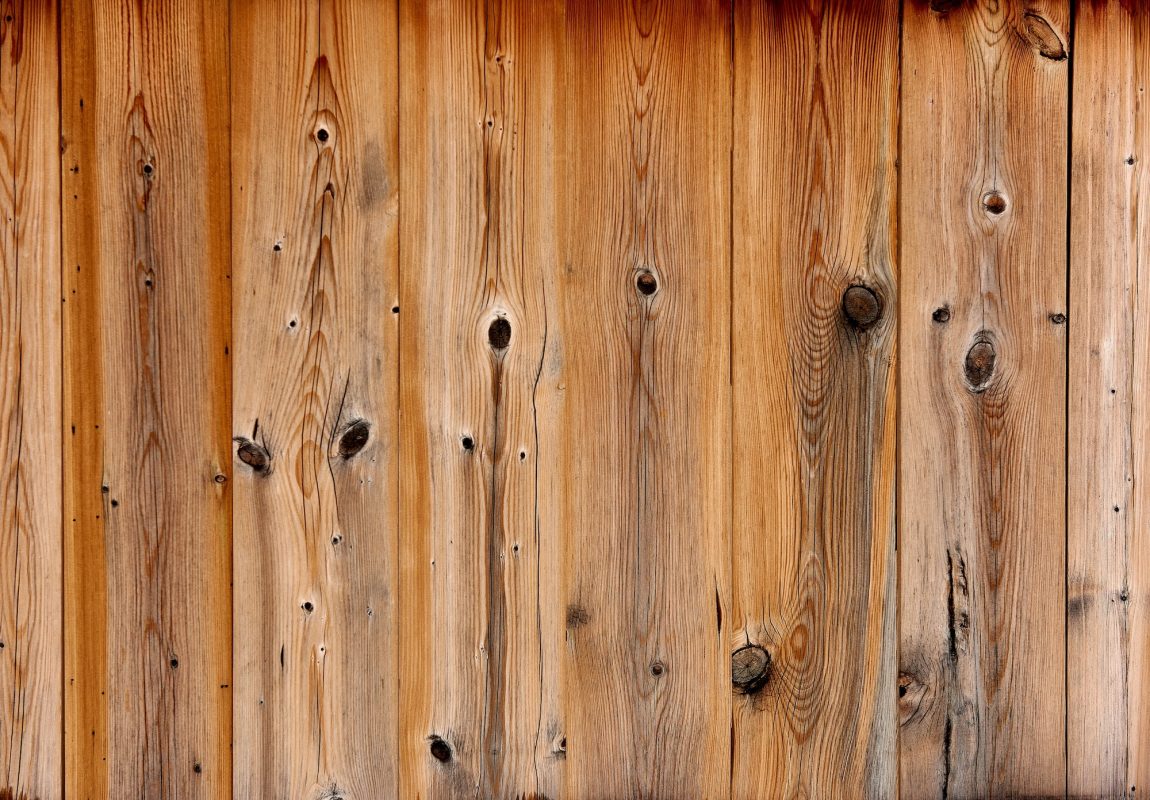Design Help
Wood’s Beautiful Imperfections
Many of our clients prefer wood in their fencing and gates as compared to iron or steel or any other material.
There’s plenty of good reasons for this. Sometimes it has to do with expense. The more property that needs to be enclosed, the more material is needed, and, generally, wood is less expensive than the other materials. Generally, but not always. There are certainly some expensive and rare, beautiful varieties of wood that are more expensive than other materials.
The other major reason that people choose wood is appearance. While iron, steel and other fencing material typically has a very uniform appearance, the look of wood is varied. The color of wood is varied, from piece to piece, and even within a piece. The grain of wood is also varied. When a fence or gate is made, unless the gate is painted or stained darkly, each piece of lumber is going to look different than the other. And that variation is one of the things that gives wood gates and fences their beauty.
Flaws in wood
Wood has so many more things happening in it than a piece of steel or iron or glass! Remember that the wood in your fence was once a tree! And a tree is a thing that grows, and “drinks” water and, even breathes. You wood fence or gate looks pretty static, but inside is a series of amazing organic complexities. Even though your wood is no longer growing, many characteristics of it as a tree endure as it guards your property.
Drinking water
You wood is still interacting with the air around it. It is still taking in water on humid days and in the rain, and releasing it during hot or arid days. It is, in every minute of every day, still expanding and contracting. You don’t see this on a moment by moment basis, but you do over the course of months. Over the course of months and years, you see the effects of this. The effects of this are numerous: you will see this by wood that was once snugly fitting fencing having gaps, or buckle against the other, you will see warpage, shrinkage, splitting and cracking.
Now there is some of that which has got “to be OK” with you; you need to understand that this is the character of the wood. When you are planning your gate or fencing with your contractor, the characteristics of your choices of wood should be discussed and you should know what and how much of it to expect. We will discuss with you also what can be done about protecting the wood in various ways so that any deterioration is stopped or dramatically slowed.
Sealing the wood, with various materials, synthetic and natural, can impede this, but won’t stop it completely.
Proper sealing
There are some species of wood that are less porous than others, and these woods can be subjected to greater differences in climate without being effected. But, generally speaking, all woods need to be sealed to minimize the effects of moisture and temperature differences. And this sealing can last for months or years, depending on the sealant and the environment.
Looking at the door in the video above from a design viewpoint, you can see that this door was made out of wood with lots of irregularities. These irregularities gave the wood a beautiful characteristic that it would not have without those irregularities.
The basic requirements everyone has with fencing and gates are protection, strength, duration, stability and appearance. We want our fencing and gates to protects us, be strong enough to last for years without excessive maintenance, and to look beautiful.
There are many types of wood that is used in fencing and gates, and they have many different qualities to them in regards to strength and appearance. In this article we will speak in very general terms.
Generally speaking the softer varieties of wood are less expensive to buy and are less durable. The harder (more resistant to a saw, nail or screw, and the climate) the wood, generally, the more expensive.
The California climate is certainly less extreme than much of the rest of the country, but even in this usually moderate climate, the environment is a big factor in the life of fencing and gates. The softer woods don’t last so long in this environment as the harder woods.
The Beautiful Imperfections of Wood
You can see above, some rather common looks for wood. (The wood used in the furniture, flooring and fencing in these images is “reclaimed wood”, and has been salvaged from buildings over a hundred years old. They were chosen particularly for this rustic appearance. The dark spots are “knots” or “burls” and are weak points in the wood. With changes in heat and cold, and moisture and dryness, these points are the “weak links in the chain” of the wood; they will be the first points in a wood fence or gate to show wear and split.
In the video above you see lots and lots of these imperfections. You also see that the wood has contracted from drying and that there are seams now showing up between the panels.
So, What to Do?
If you are a homeowner and have a wooden gate or fence and you are seeing changes in it such as what are shown in the video, relax. Nothing is happening here that can’t be resolved. It isn’t “too late” for this garage door.
Our team of sealers and finishers see things like this all the time and know what to do. Give us a call and we will handle it – there, on the spot, and not expensively.
Here is a very informative article that explains a lot about the causes of wood imperfections.
Splits and cracks in wood are ruptures or separations in the grain of the wood which reduce the quality as measured by appearance, strength, or utility.
(This entire article is excellent, with the exception of this first sentence above. These splits, cracks, ruptures and separations need not “reduce the quality as measured by appearance, strength, or utility.” In my view, and in the minds of the designers we have worked with, these splits and cracks enhance the beauty of anything made from wood. As far as strength and utility are concerned, wood would need to be seriously split or cracked in order to markedly reduce its strength, and we do not use such wood. In all cases there are things that can be done to increase the strength of the wood so that this is not a problem… Avi Ben David)
Many people assume that all splits and cracks in wood are caused by the dry kiln or the drying operations
GET IN TOUCH WITH US TODAY
If you have a project in mind, would like to see our prices, or simply want to check out our inventory in person; good news. We have factory tours and a showroom to help you plan out your current or future project. Call us up and talk to any of our friendly staff and ask us about our current schedule, or to explore ways we may be able to help you with your goals. If you’d like to see our latest projects, explore our inspiration gallery or follow us on Instagram, where we ongoingly post our latest completed projects.
Click the live chat at the bottom of the browser window and connect instantly with our team of experts.

Dan’s very enthusiastic about our products and is a true ambassador for our styles and quality.











